A focus on Canadian Whisky
let’s begin
Canadian Whisky is perhaps not as well known as its southern neighbour’s offerings, but with a long history and an interesting distilling process, there’s no reason why this liquid shouldn’t have its own reputation.
A History Lesson
Canadaian Whisky history dates back to German and English settlers who first began distilling here. While some might think, “But what about the Scots and Irish?” Well they arrived in Canada too but they actually took to distilling Rum here.
This was because it was easy to import molasses, but with westward expansion, grains became more readily available.
In the early days, wheat was a staple of Canadian Whisky. It was the most important grain used.
Over time however, the positive effects of adding Rye to the mixture became well known and Canadian distillers embraced it. This lead to Canadian Whisky otherwise being known as Rye Whisky.
Growing Trend
The first distillery in Canada opened in 1769 and from there distilling became quite popular, with over 200 distilleries being opened by the 1840s.
A little known fact about Canada is that it experienced prohibition, albeit a short one, only lasting between 1916 and 1917.
American prohibition also had a big effect on Canadian Whisky, which was routinely imported across rivers, unbeknownst to American lawmakers.
What Make Canadian Whisky Different?
Canadian Whisky is now more commonly made out of Corn, like Bourbon. However, the interesting thing about the Canadian distilling process is not the mash bill, but rather when it is blended.
The mash bill may contain a variety of different grains, but in Canadian tradition, these grains are not blended together until they have each been separately fermented, distilled and matured.
There are typically two categories of Canadian Whisky used in the blended process, known as base Whiskies and Flavouring Whiskies.
Base Whiskies are usually higher proof and corn based, whereas flavouring Whiskies are lower proof with a Rye base, or something similar.
These two categories are often matured differently as well, with base Whiskies being matured in used barrels and flavouring Whiskies being matured in used or first fill casks.
But is it Pure Canadian?
There is an interesting law to do with Canadian distilling that gives tax incentives to distilleries that actually mix their product with American Whisky for export across the southern border.
Typically it has to be a combination containing at 9.09% or less of other Whisky, but most Canadian drams sold in their homeland are not mixed in this way. However, some may have a little bit of Sherry added, just to enhance the flavour.
Typical Flavour Profile
A typical flavour profile for Canadian Whisky includes a light body, with lots of spicy rye notes. It is primarily made from corn or rye, giving it a sweet and spicy profile.
It is also packed with lots of wooded tones and fruit flavours that go hand in hand with its characteristically light bod



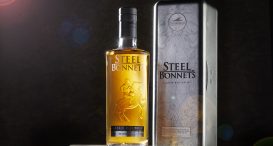
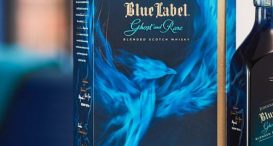
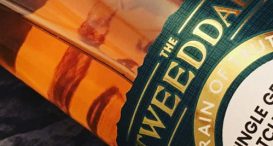

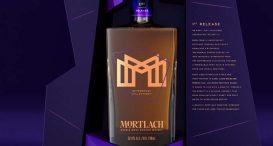
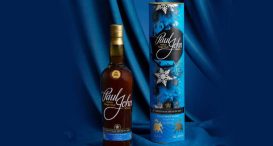
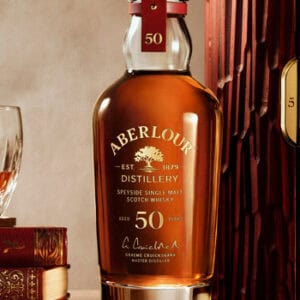
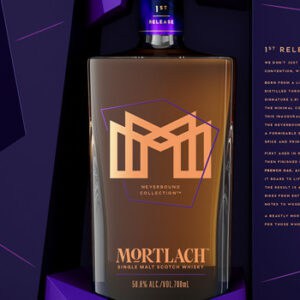




2 thoughts on “A focus on Canadian Whisky”